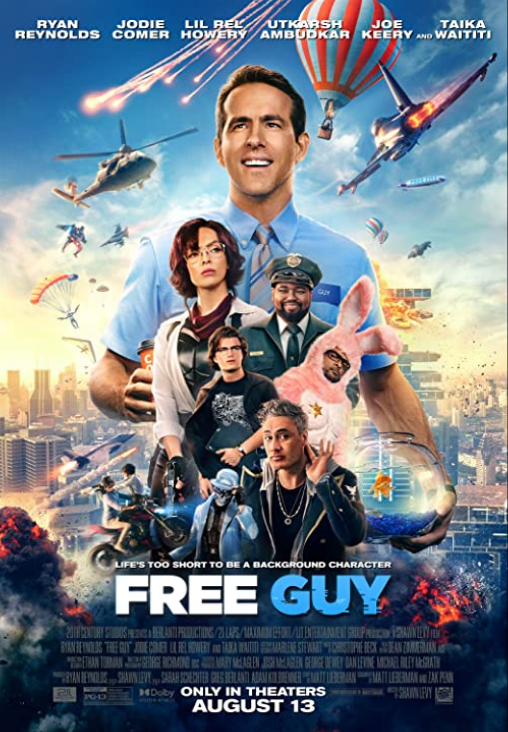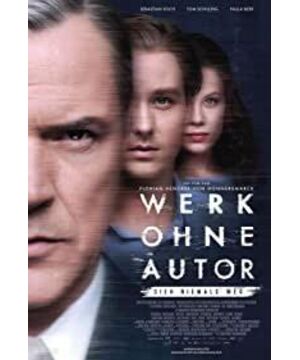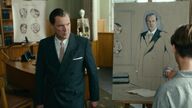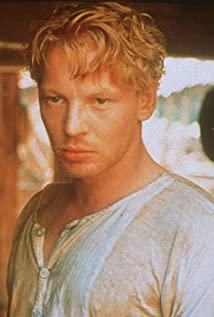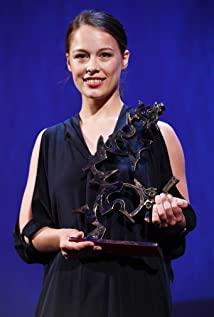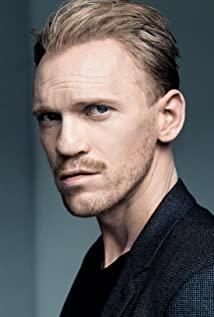The film is full of emotions, subtle, and full of characters. It is undoubtedly good-looking. The film integrates the change of power into the protagonist’s pursuit of art. The three-hour film re-examines the history of the three periods in Germany, almost blinking. Immediately.
The story of "Never Look Away" can be said to be long and complicated. The plot is very horse-ridden and dog blood is scattered from beginning to end, but it is still very exciting and beautiful. It takes three hours in one go, with good rhythm, good production, and good performance. But the problem is that the filming is too safe and conservative. The flaws in the play make the film more like a TV movie. You can go to the bathroom to answer the phone at any time and then come back to watch to keep up with the plot.
"Never Look Away" is a historical film exploring the complex social situation of Germany in the 20th century. The film starts with Nazi Germany in World War II and continues to East Germany and West Germany after the war. From 1937 to 1966, it spans three noisy eras and reflects the history of this country in different periods through the experiences of the characters. Technically speaking, the film is a miracle. Both the photography of Caleb Danschl and the magnificent art design of Silk Buch left an unforgettable impression. The soundtrack by Max Richter Glorious and passionate. Against the grand historical background, the director showed admirable restraint. Although the length of the film is more than three hours, it is still very attractive on the whole. It can be studied in detail. The film has a close relationship between the characters, art and life. The expression is still relatively superficial. Tom Schilling is the first choice for the German film industry to play sensitive and bookish roles. His eyes in this film are undoubtedly eager, but he is too much like a bystander in front of Kurt, and there is almost no passion for artistic creation.
To a certain extent, "Never Look Away" is too epic and too ambitious. The film is desperate to express its opinions, but it neglects to find the pain and truth in the story. Director Florian Henkel von Donasma tried to use blinds to symbolize the interweaving of destiny and creation, but it seemed too deliberate. In fact, Richter tends to obscure the origin of the photos in the creative process, trying to separate their original intent from the images he is rendering. In contrast, Donasma’s intentions are too obvious. He hopes to express his attitude towards history through films, and this has become its biggest failure for an art film. In any case, Donas Marc still explores the collision of personal life, artistic inspiration and historical events, and the integration of the three can eventually produce something with long-term value.
